In Connecticut, it is possible to spot 5 different species of Finches. These are:
- American Goldfinch
- House Finch
- Purple Finch
- Pine Siskin
- Red Crossbill
Want to learn more? This book on everything to do with Finches is a fantastic read!
North American finches are arctic birds at heart, breeding almost exclusively in the northernmost parts of Canada and then spreading to all parts of the continent.
Connecticut is one such landing spot, and houses all the most common finches found in North America and one that is only seen in the north.
Below, we discuss how, when, and where an intrepid birdwatcher can spot finches in Connecticut.
Want to attract finches? Take a look at our article!
What Finches can be seen in Conneticut?
1. American Goldfinch
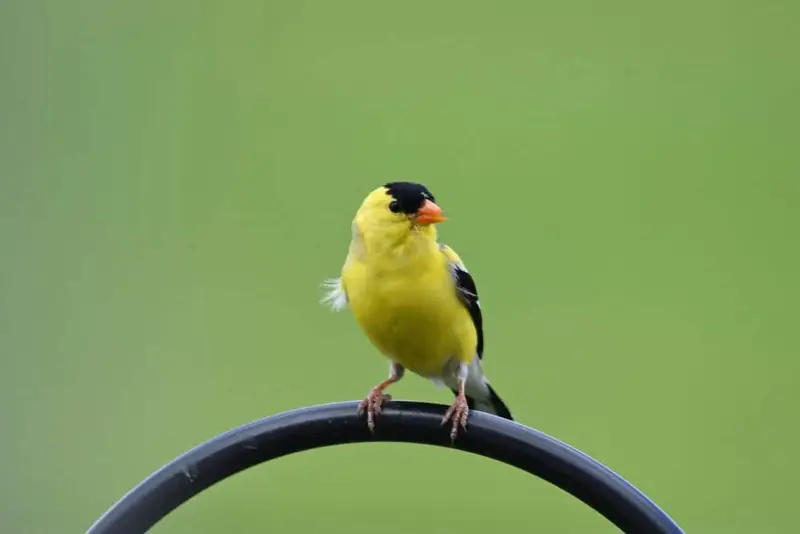
This appropriately-named finch is the most common in North America, and it has a year-round presence in every state, including Connecticut.
This is a showbird, with bright yellow plumage on the back, wings, and crown; and stark black wingtips and mask.
You can spot a goldfinch rummaging around in the brush during winter, and they are even easier to spot if it snows, though less likely to make an appearance in extreme weather.
They will gather in large flocks with other goldfinches and songbirds to form foraging parties in December, and will visit backyard feeders if the bait is to their liking.
2. House Finch
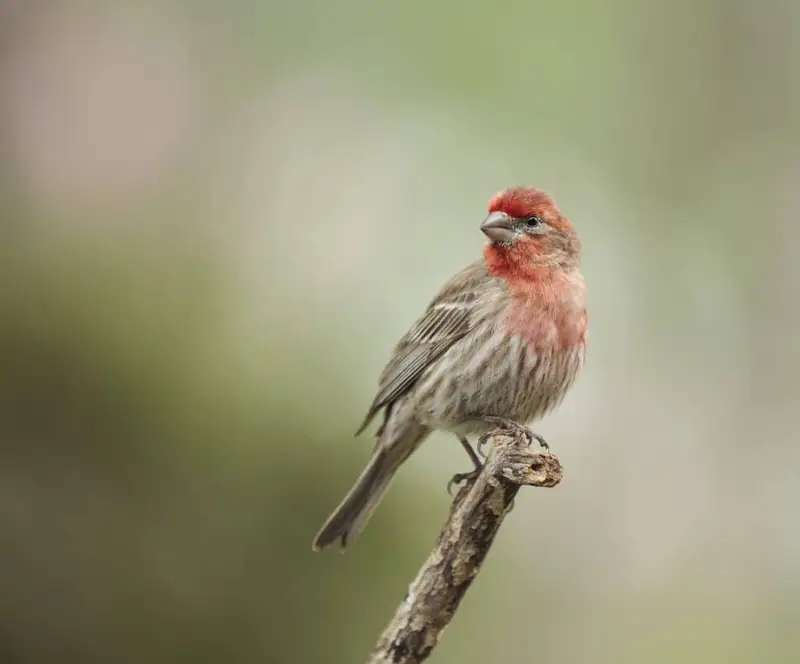
This finch used to be a pet until its ownership was outlawed and it spread throughout North America. Its history makes it the most likely of any finch to hang around residential neighborhoods and visit feeders, even ignoring a nearby human presence unless the person acts aggressively.
The male house finch is recognized by its silver-gray feathers throughout its back, crown, and wings, with hints of red on its face and neck; females are the same color, minus the red.
They are more likely to reside near the edge of forest where lowgrounds can be searched for food than to remain in long stretches of forest.
3. Pruple Finch
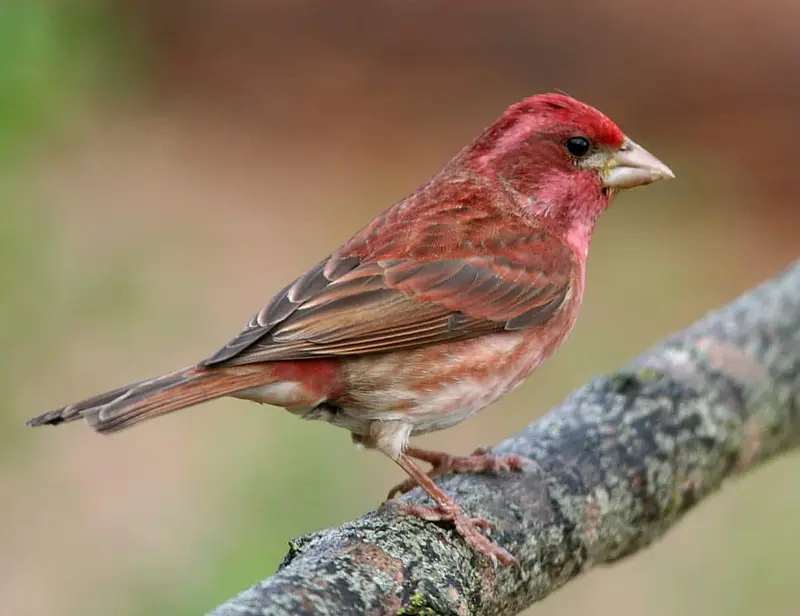
The ‘purple’ finch is actually a rose-colored bird with brown undertones, which may appear purple from a distance, or may be the result of a limited color palette when it was named.
Rose covers its face, crown, and neck, while blending into some of the medium brown feathers that cover its back and wings.
Its belly is white with hints of that same rose bleeding into its chest from deeper hues at the base of its face. Just like all the northern finches, you can find this Canadian breeder in the winter as it migrates south to avoid the coldest days and many remain all year if an ideal foraging spot is found.
They are not averse to backyard feeders if the surrounding habitat is suitable (read: secluded), but are less sociable than, say, goldfinches and house finches.
4. Pine Siskin
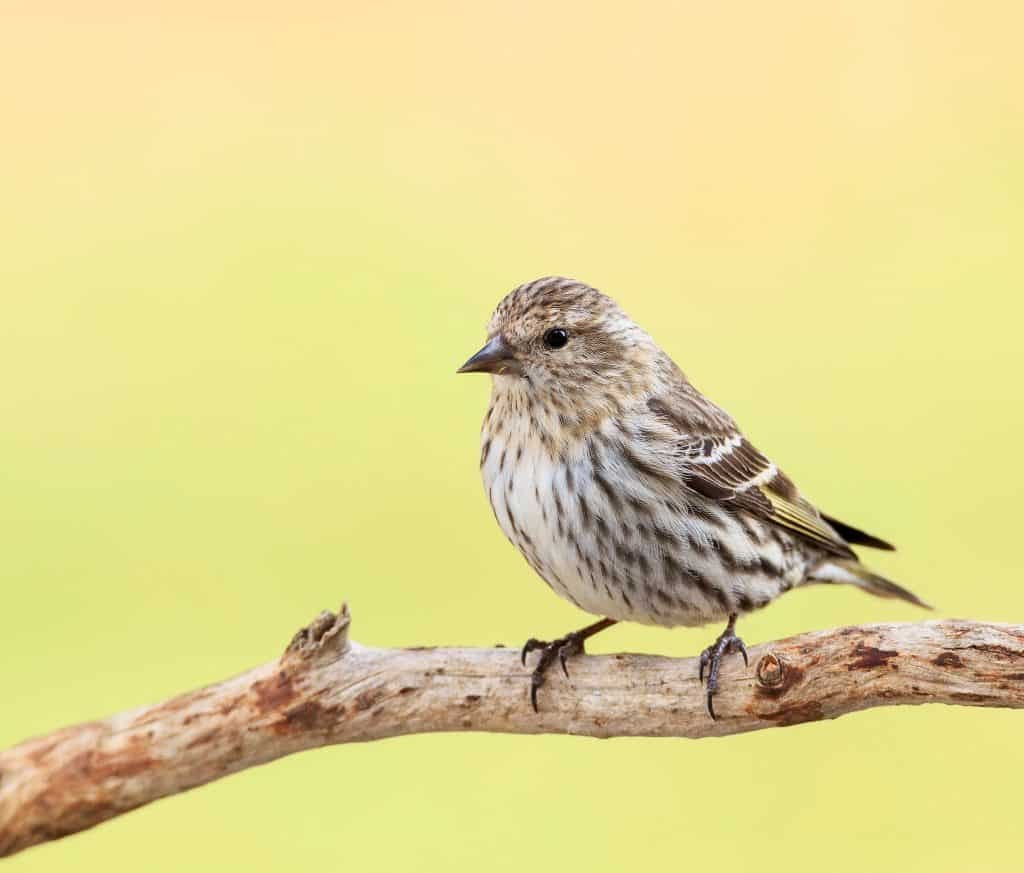
This is another arctic breeder who spreads throughout the U.S. and maintains winter homes in every state. Look for their white and gray speckled stomach; a gray and brown blend on the face, crown, and back; and black and yellow wings that really stand out from the subdued tones of its body and head.
Siskins often move in groups, which may include goldfinches and other songbirds.
Like most finches, siskins habitually hang near the edge of forests–sometimes literally hanging upside down from tree limbs like a bat–to seek out foraging opportunities in nearby lowlands.
They can occasionally be lured to birdfeeders with sunflower seeds.
5. Common Redpoll
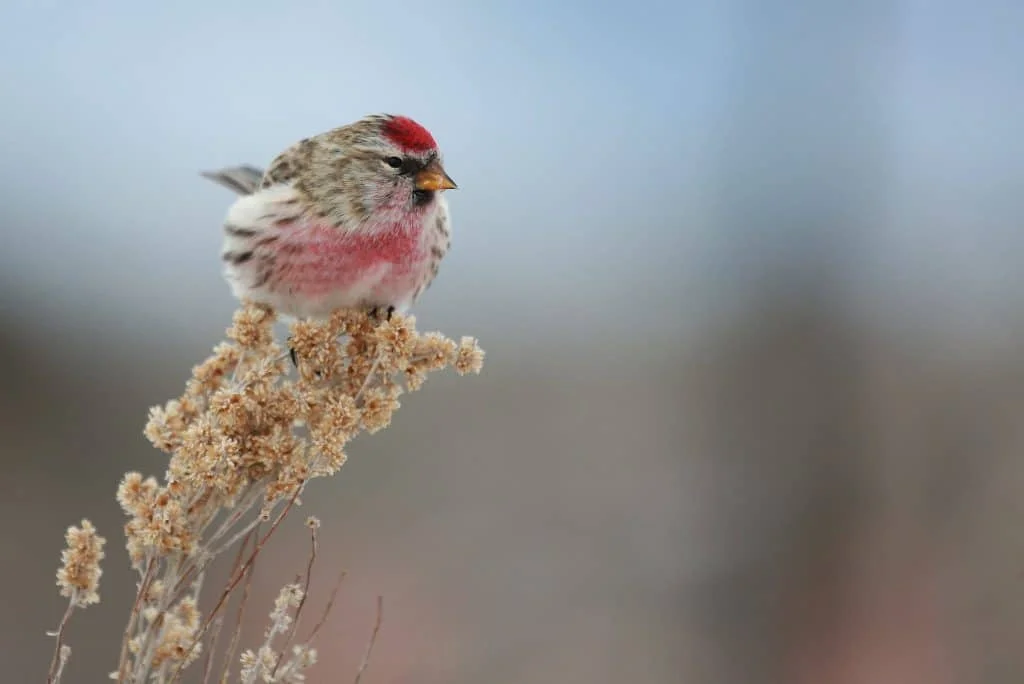
A true arctic bird, the redpoll multiplies in the farthest reaches of northern Canada, coming south in the winter to escape the severe cold season.
Redpolls are recognized by the red patch of feathers in the middle of their foreheads as well as the soft red feathers across the neck.
Elsewhere, they are typically gray and white on the stomach area and a darker shade of gray with white accents across the wings and back.
They are naturally blended with the snow except for red, and they are just slightly larger than sparrows, making them hard to spot.
Watch for their rapid movements along the ground during foraging expeditions, but don’t expect them to pop up at feeders, as these birds avoid human contact and remain near the forest’s edge.
References
- https://www.audubon.org/field-guide/bird/common-redpoll
- https://www.audubon.org/field-guide/bird/american-goldfinch
- https://www.audubon.org/field-guide/bird/house-finch
- https://www.audubon.org/field-guide/bird/common-redpoll
- https://www.audubon.org/field-guide/bird/pine-siskin
- https://www.audubon.org/field-guide/bird/purple-finch

About Us
We are avid bird-watchers who recently retired, allowing us more time to travel the world. Fortunately, we have managed to visit numerous countries around Europe, Asia, and America. Watching and photographing birds has been a passion for many years and we are making the most of the extra time on our hands!
